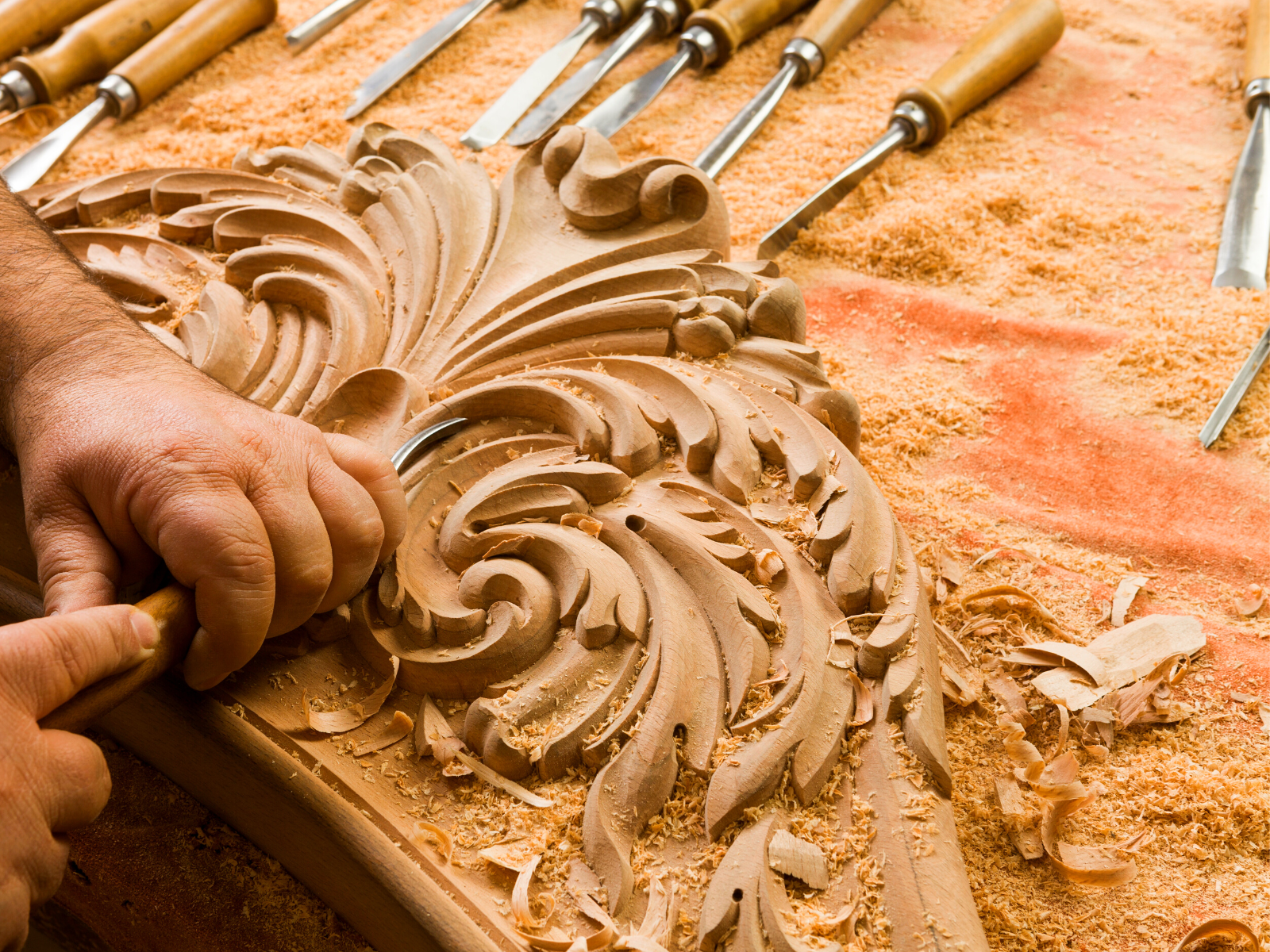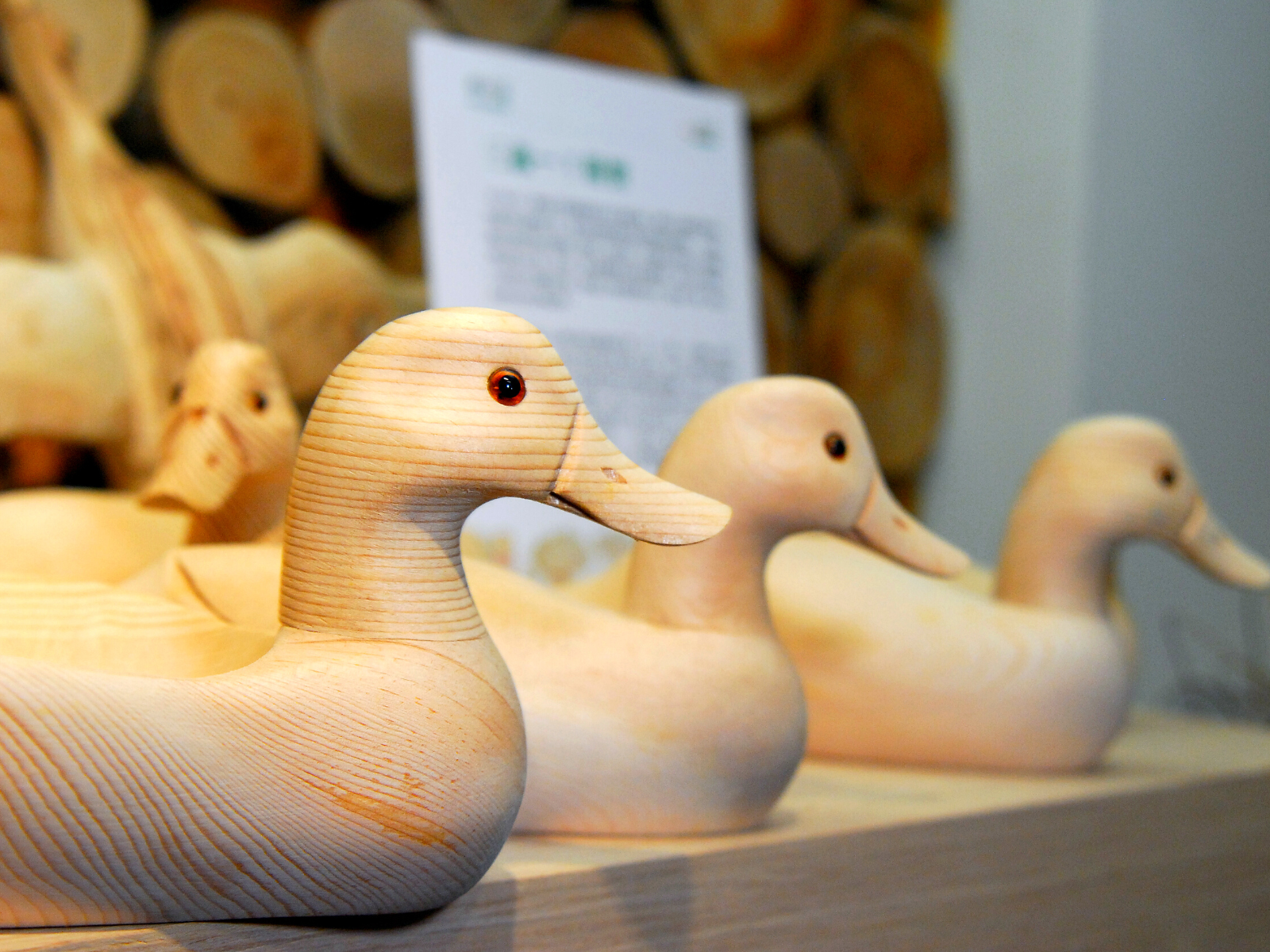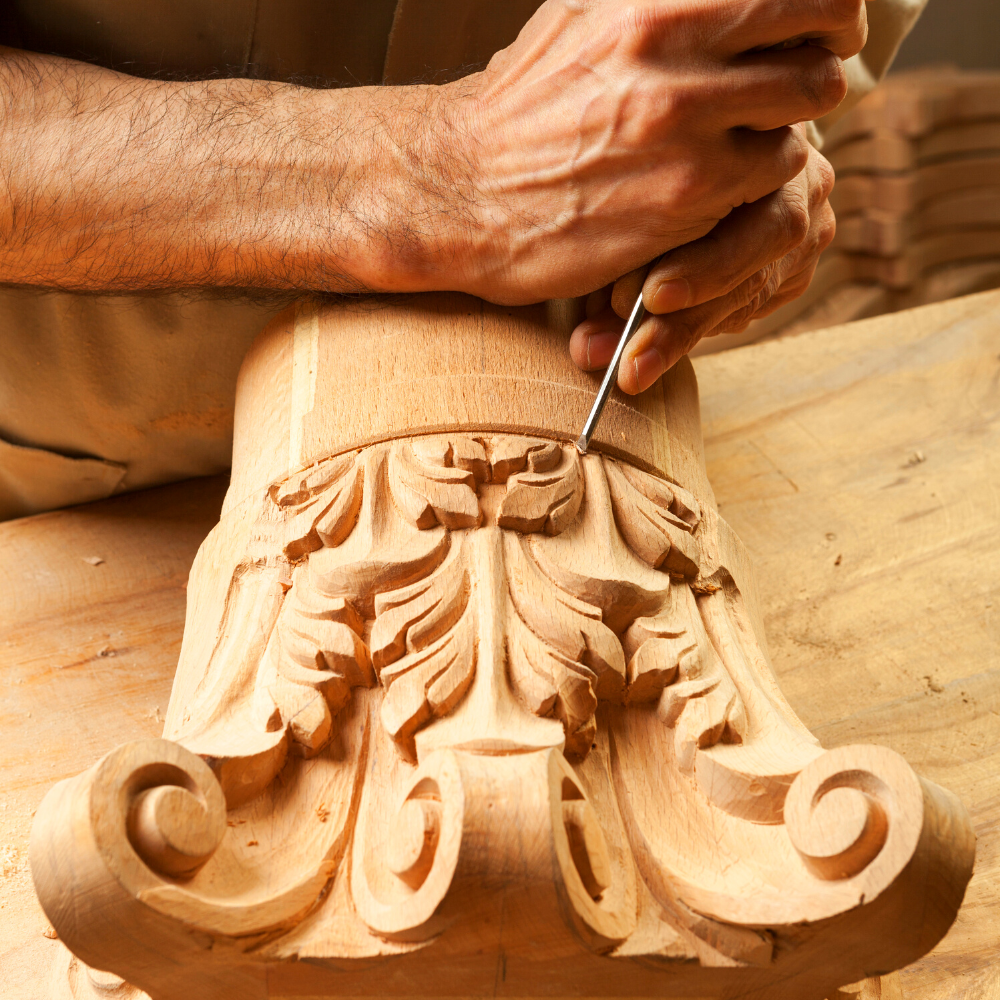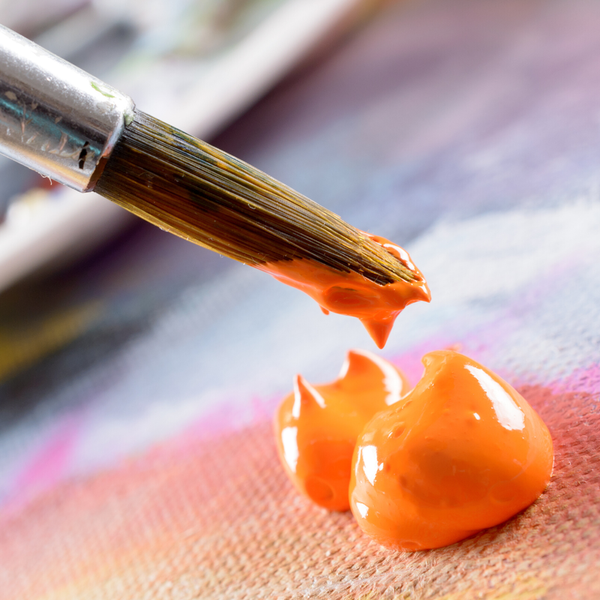Do you love crafting with wood but find yourself wanting the perfect finish to your woodworking projects?
Don't worry, you've come to the right place!
Woodworking is a beautiful and rewarding art form that has been around for centuries.
From intricate carvings and beautiful furniture pieces to simplistic designs and wooden figurines, there is something about the texture and warmth of wood that draws us in.
Woodworking is an art form that requires both endurance and a sure hand; it's often assumed to be a task best suited for the most experienced of us, but in reality there are numerous techniques available to assist all kinds of creators.
With these tips at your disposal, woodworking can become achievable even for those just starting out!
Whether you're a seasoned woodworker looking to sharpen your skills or a newbie, we've compiled a list of woodworking tips to help you bring your skills and craft to the next level.
Take advantage of these simple tips and tricks to help any artist, regardless of skill level, create a beautiful and flawless final product when it comes to your wood projects.
So, break out that router, grab your chisel, and let's craft something incredible together!

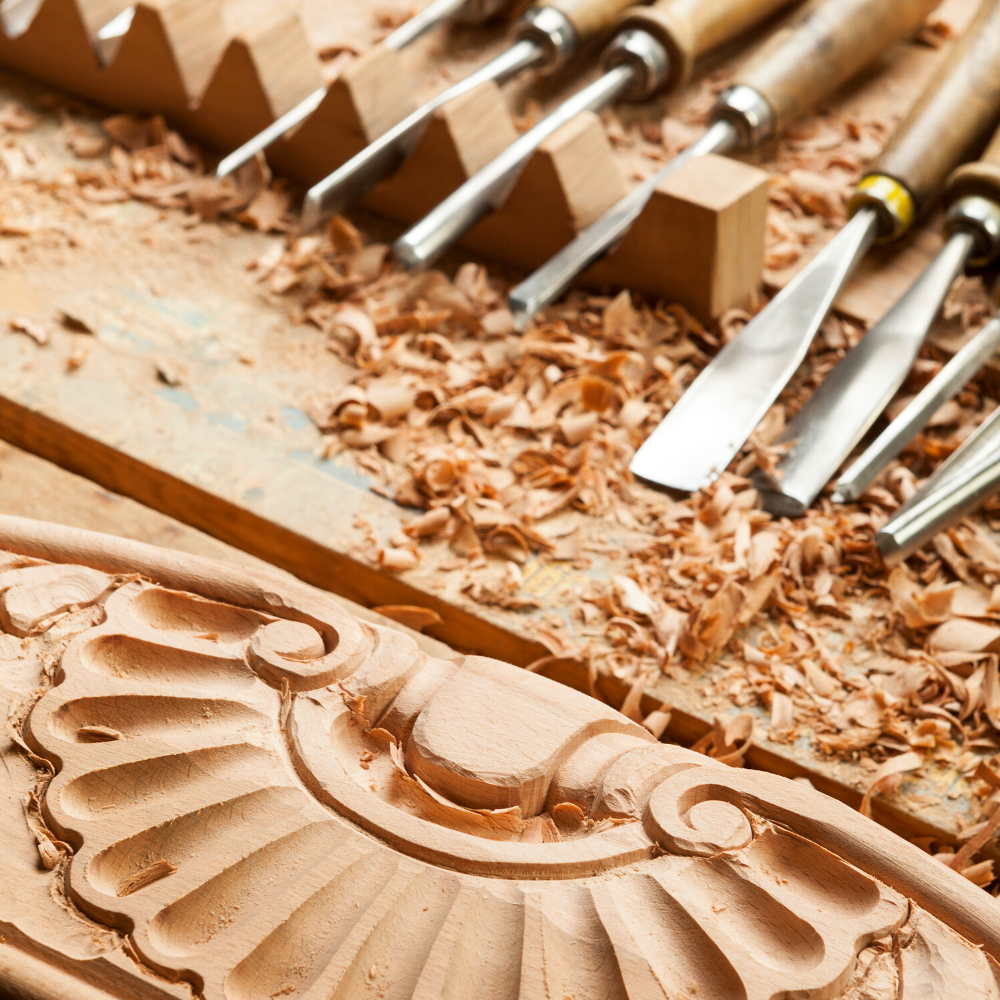

Invest In High-Quality Tools
Woodworking is all about precision, so it’s crucial to invest in high-quality tools; quality woodworking supplies is a must if you want to produce beautiful pieces.
Obtain high quality chisels, saws, and clamps that will help you work more fluidly and with greater precision.
While it’s easy to get carried away with all the different tools on the market, there are a few basics that every artist should have in their arsenal.
A circular saw is a must-have for easily cutting through lumber and plywood, a table saw for precise cuts, and a jigsaw is perfect for more intricate cuts.
A miter saw is a great tool for making angled cuts and will help you achieve them with precision.
A drum sander can help you get the perfect smooth finish, while a bench grinder is great for sharpening your tools and maintaining a razor-sharp edge.
Additionally, investing in a quality chisel set will allow you to achieve intricate detail in your work, while a sturdy belt sander will help polish the final product.
Clamps are a great way to ensure that you hold your pieces in place as you work, especially as glue dries; pipe clamps are especially useful for long pieces.
A drill press is also an essential tool, as it ensures clean and precise holes; a pilot hole is recommended for any project with screws, as it reduces the chance of splitting a piece.
Plus, a blade guard on your saw helps to ensure your safety.
A planer riser helps you take your projects to the next level, allowing the thickness planer to achieve a greater depth and give your pieces the perfect finish.
Wood screws, wood glue, drywall screws, and a few other essentials are also good to have on hand for joining wood.
Also, different woods have different characteristics and are better suited for certain projects; wood fibers should always be taken into consideration before starting a project.
Softwoods, such as pine or cedar, are great for intricate carvings while hardwoods, like oak or maple, are better suited for larger projects that require strength.
Knowing which woods to use for each project is an essential part of woodworking.
With these tools and supplies, you’ll be able to create something truly unique and beautiful.
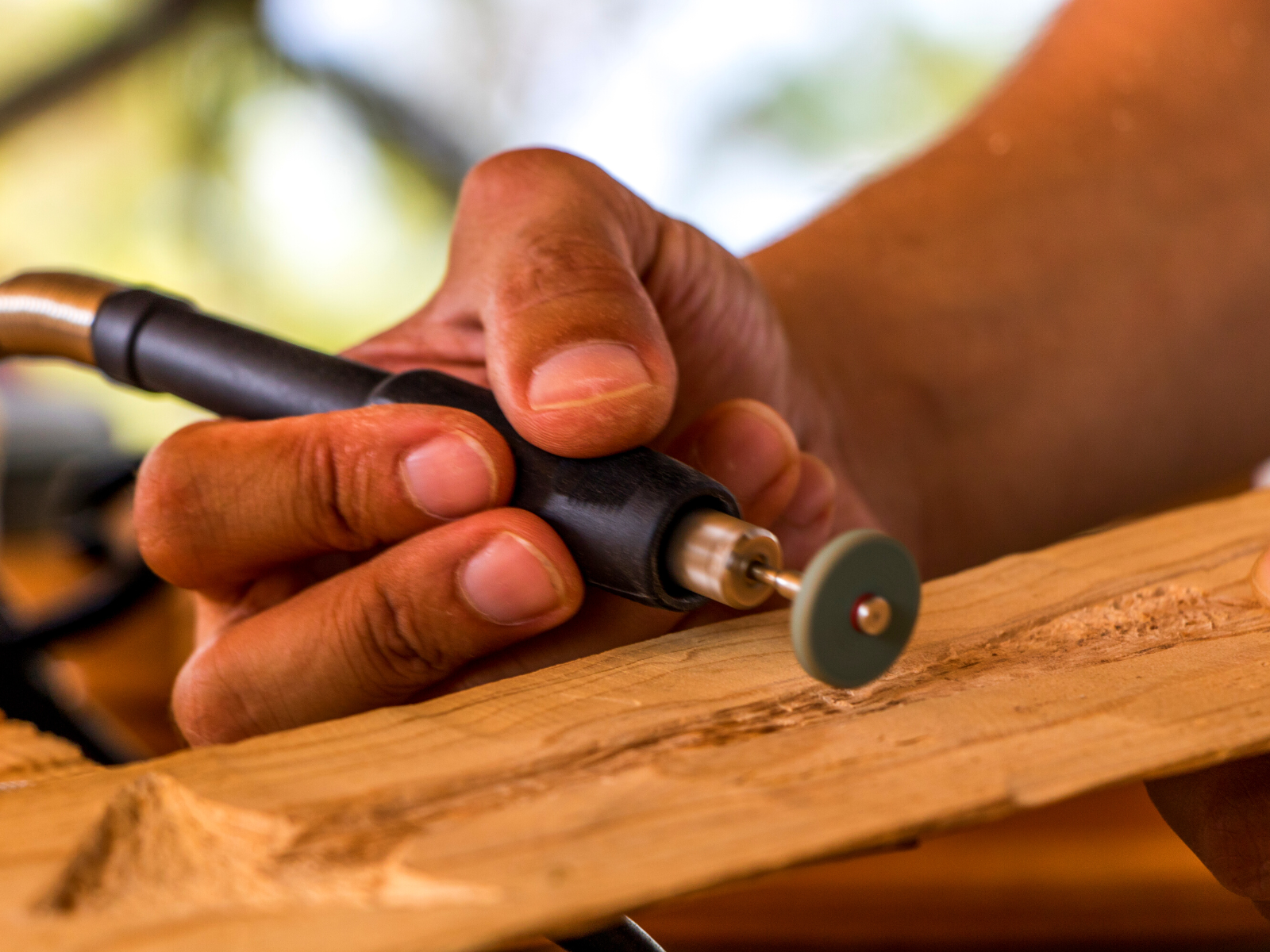
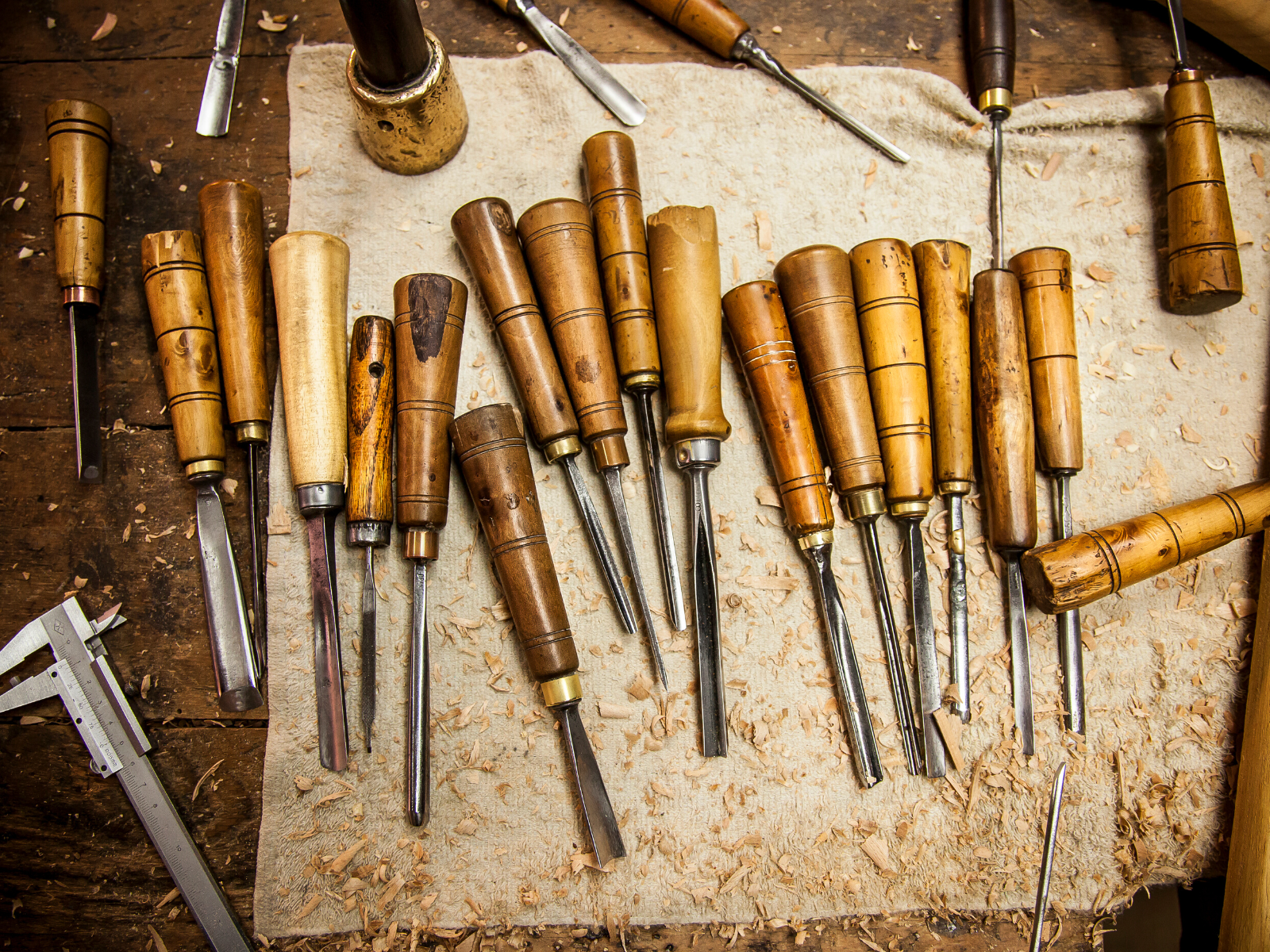
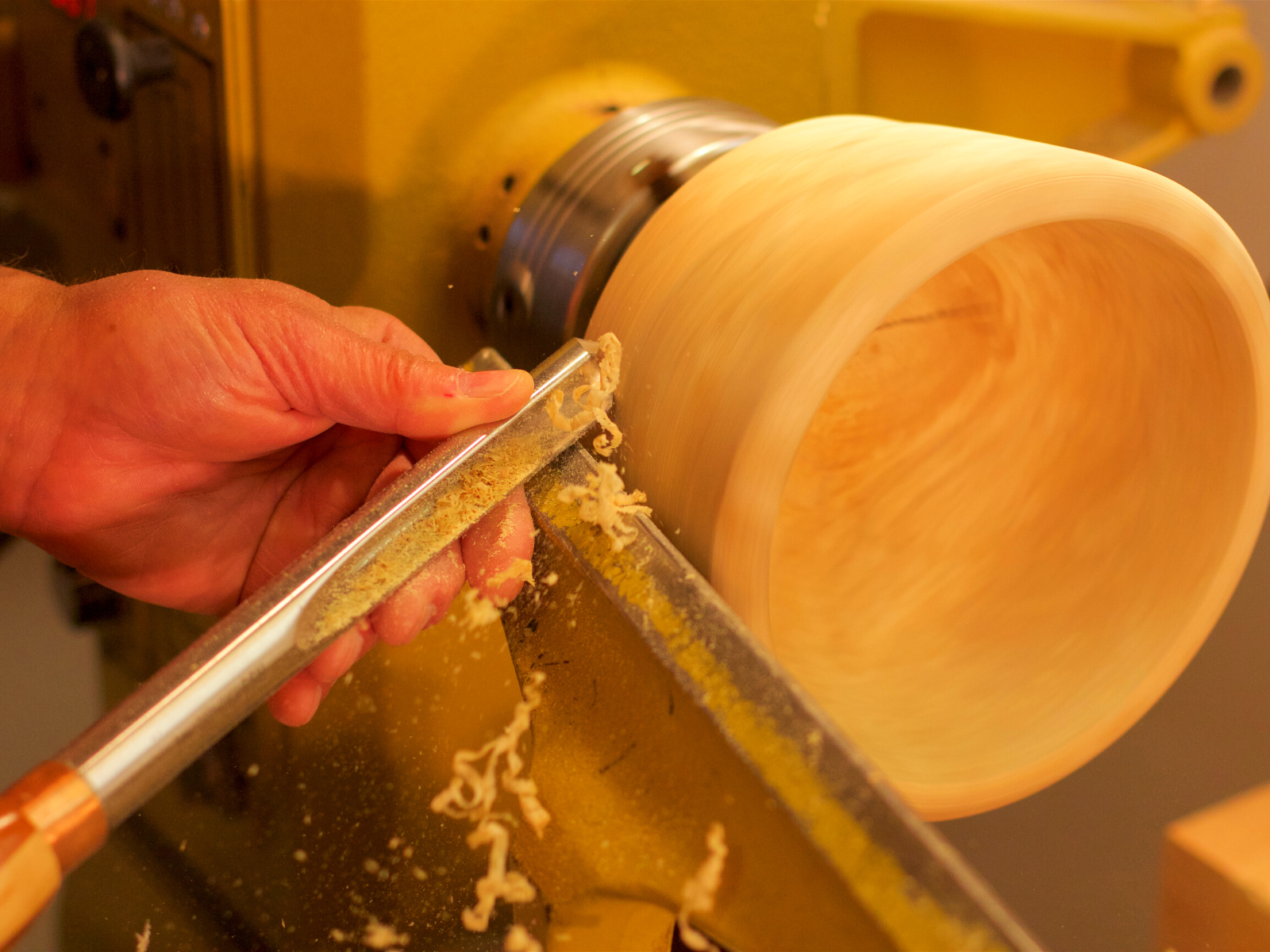
Measure Twice, Cut Once
The old adage of "measure twice, cut once" rings especially true in woodworking.
It’s not just a matter of avoiding mistakes - precision is key to creating beautiful and functional pieces of art.
Before cutting anything, take the time to double-check your measurements, and always use a straight edge to ensure your cuts are perfectly straight.
Make sure to take accurate measurements and double-check before cutting to avoid costly mistakes.
While it might feel like you're saving time by only measuring once, in the end it will cost you more time and money if you have to start over due to an inaccurate measurement.
Taking a moment to double check will save you a lot of headaches in the long run.
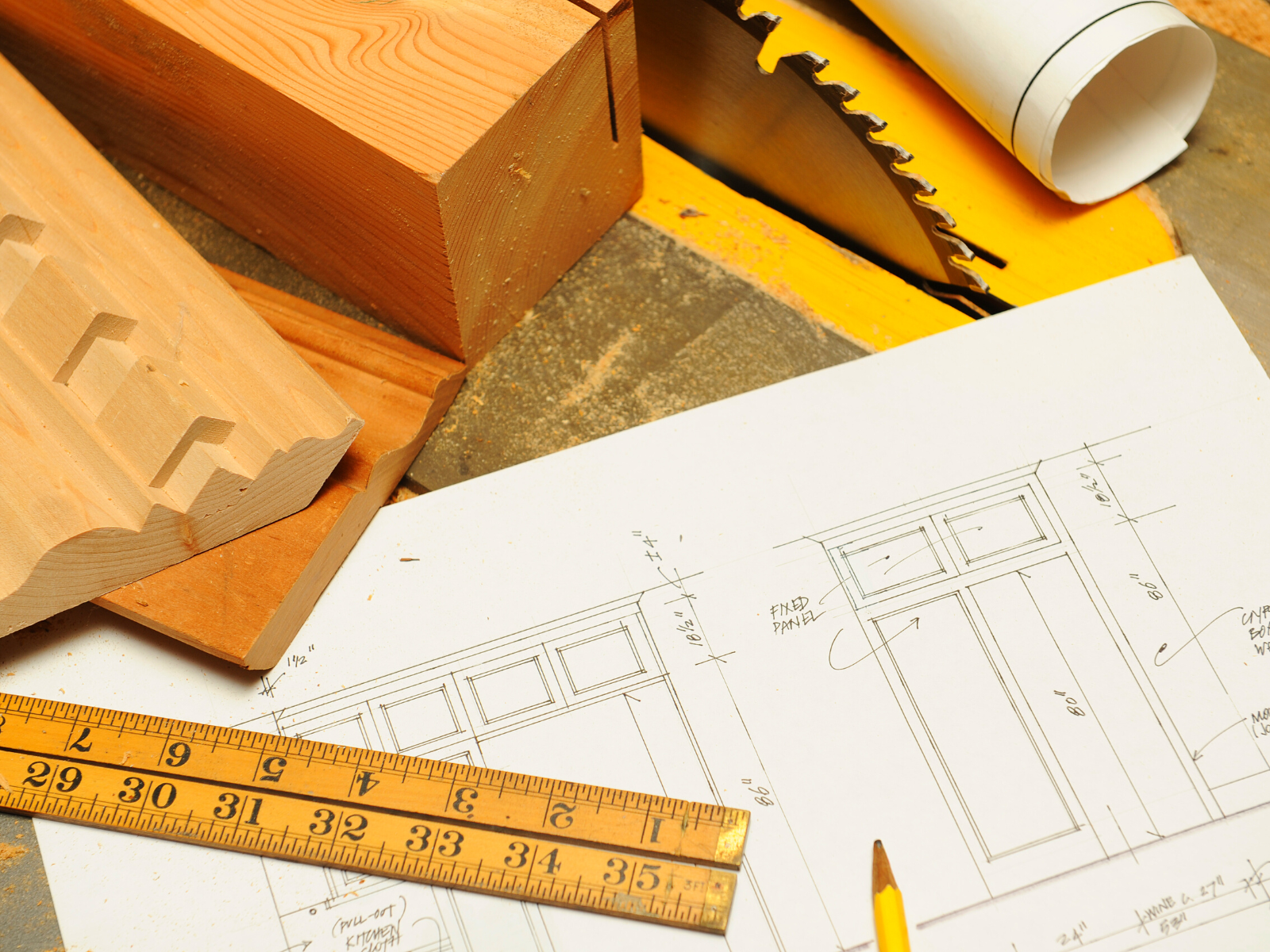


Start Simple and Keep Your Workspace Organized
If you're just starting out, don't jump into complex projects right away.
Start with simple designs and techniques to build up your skills and confidence.
This will also help you get acquainted with the tools, and gain an understanding of how they all work together.
You can easily overwhelm yourself if you try to tackle more challenging ideas like furniture projects right away.
Also, make sure to keep your workspace organized, as a cluttered workspace can lead to accidents and mistakes.
Make sure to keep your tools and workspace organized to make the most of your time and avoid unnecessary mishaps.
This will help you quickly find the tools and supplies you need during your next project, and it's also an important safety measure.
Do yourself a favor and keep your workspace clean and organized - it will save you time, money, and frustration in the long run.
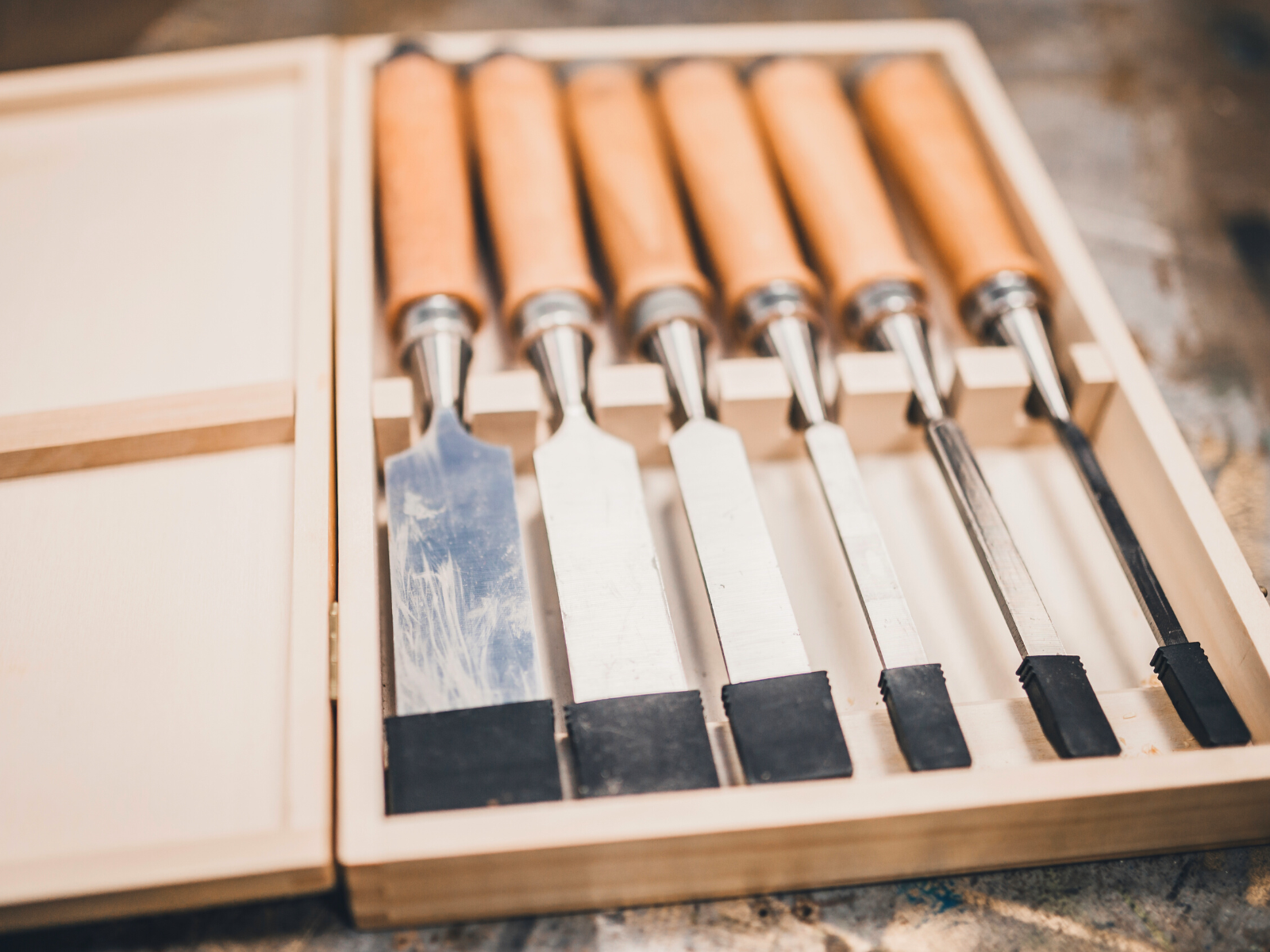
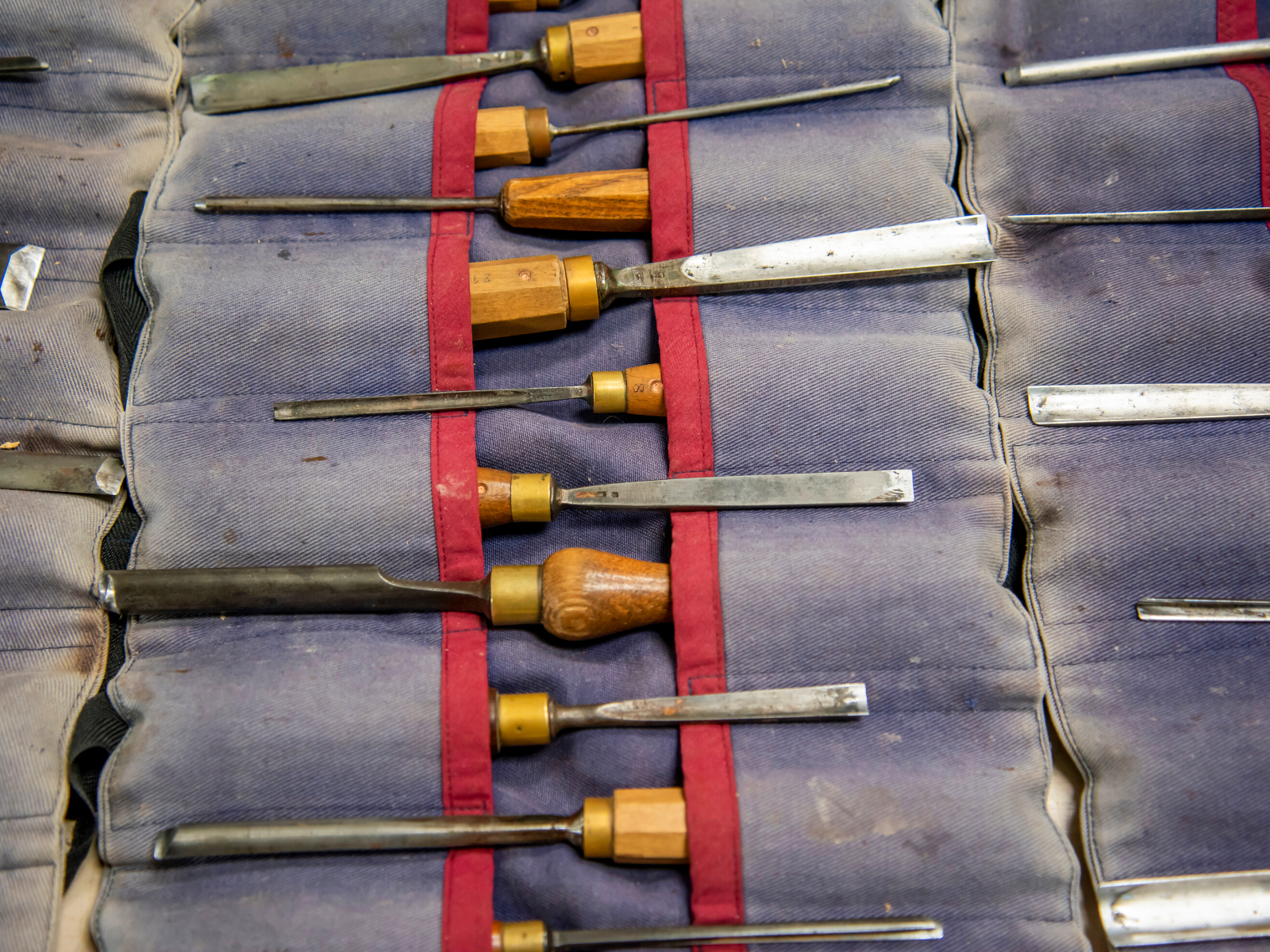

Sand With Care
Sanding is a crucial step in every woodworking project.
A smooth finish is important for both the aesthetics and function of your piece.
Sanding is an essential step in creating smooth and polished wood surfaces, but it’s important to be gentle and not to overdo it.
Sandpaper comes in varying grits, so start with a low grit and gradually work your way up to the finer grits.
Take care to sand with the grain of the wood, rather than against it; this will prevent unsightly marks and scratches.
Make sure to sand in between coats of finish to achieve a truly professional look.
Finally, pay attention to details like recessed corners and trim – a fine sanding block can help you achieve smooth results in these areas.

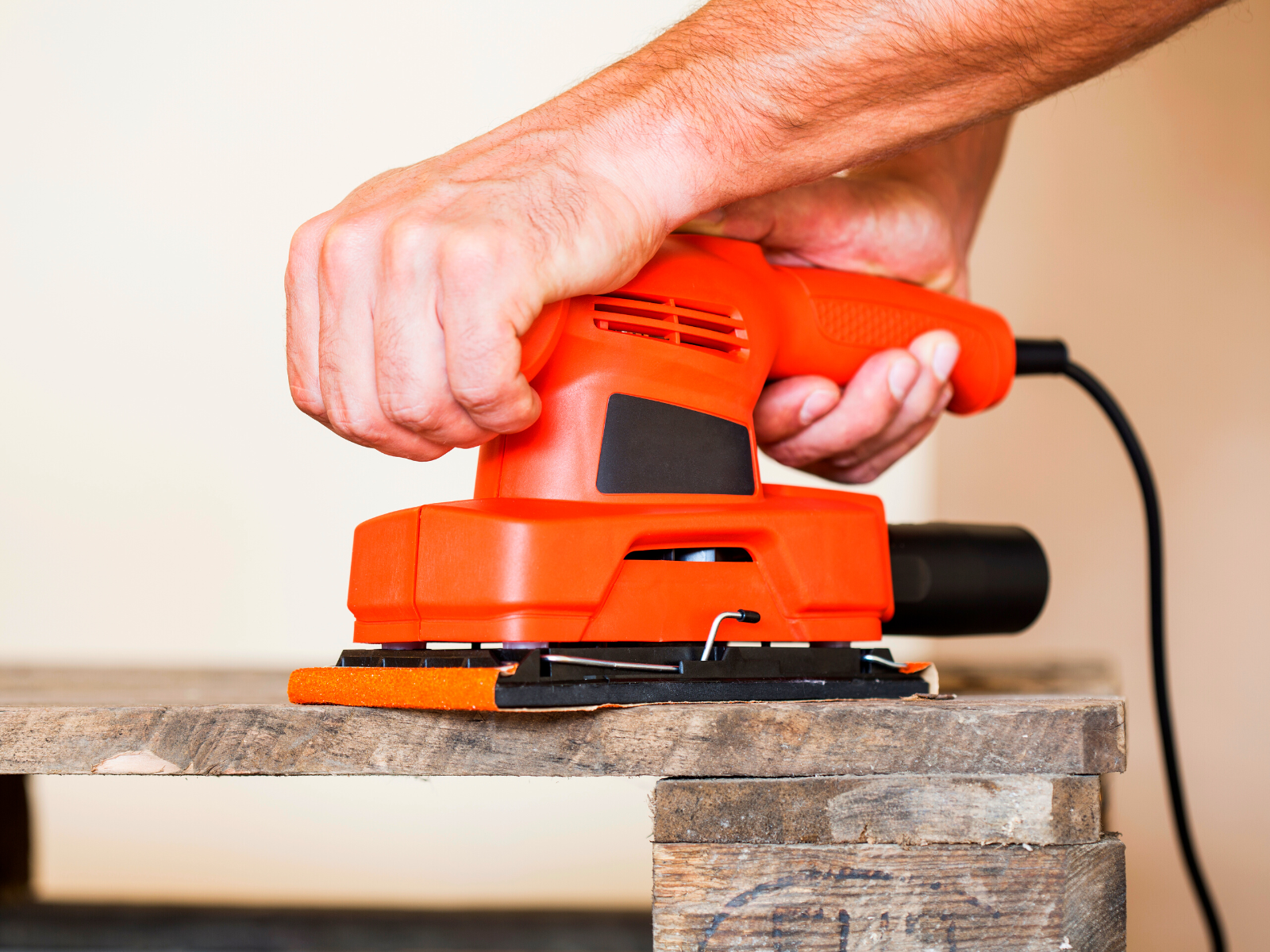

Experiment With Stains And Finishes
Stains and finishes can truly transform a piece of wood from simple to stunning.
Experimenting with different finishes can help you find the perfect look for your project.
For example, if you’re looking for a glossy finish, try a polyurethane varnish.
For a more rustic, natural look, consider using a wax or oil finish.
And if you’re looking to add color to your project, there are many different wood stains available that can help you achieve the perfect hue.
Take your time when applying a finish, and use a brush or rag to spread it evenly across the wood.
Be sure to allow ample drying time between coats, and sand lightly in between each application.



Embrace Imperfections and Don't Rush the Process
Wood is a natural material that may have blemishes or knots.
Rather than trying to hide them, embrace them and use them as part of the design to add character and interest to your piece.
Woodworking is a skill that takes practice and patience.
Working with wood can be an incredibly rewarding experience, but the process is just as important as the product, enjoy each step along the way.
Take your time and don't rush the crafting process to ensure a high-quality, long-lasting piece.
Enjoy the journey of creating something beautiful because rushing through a project can lead to sloppy work and costly mistakes.
And remember, it’s okay to make mistakes - it’s all part of the learning process that makes us better woodworkers.
Mistakes happen, even to the most skilled woodworker.
However, the key to mastering the craft is to learn from these mistakes and use them as an opportunity to grow.
Rather than giving up on a project that has gone awry, assess what went wrong and consider how you can do better in the future.
This mindset will help you become a better woodworker over time and expand your skill set.
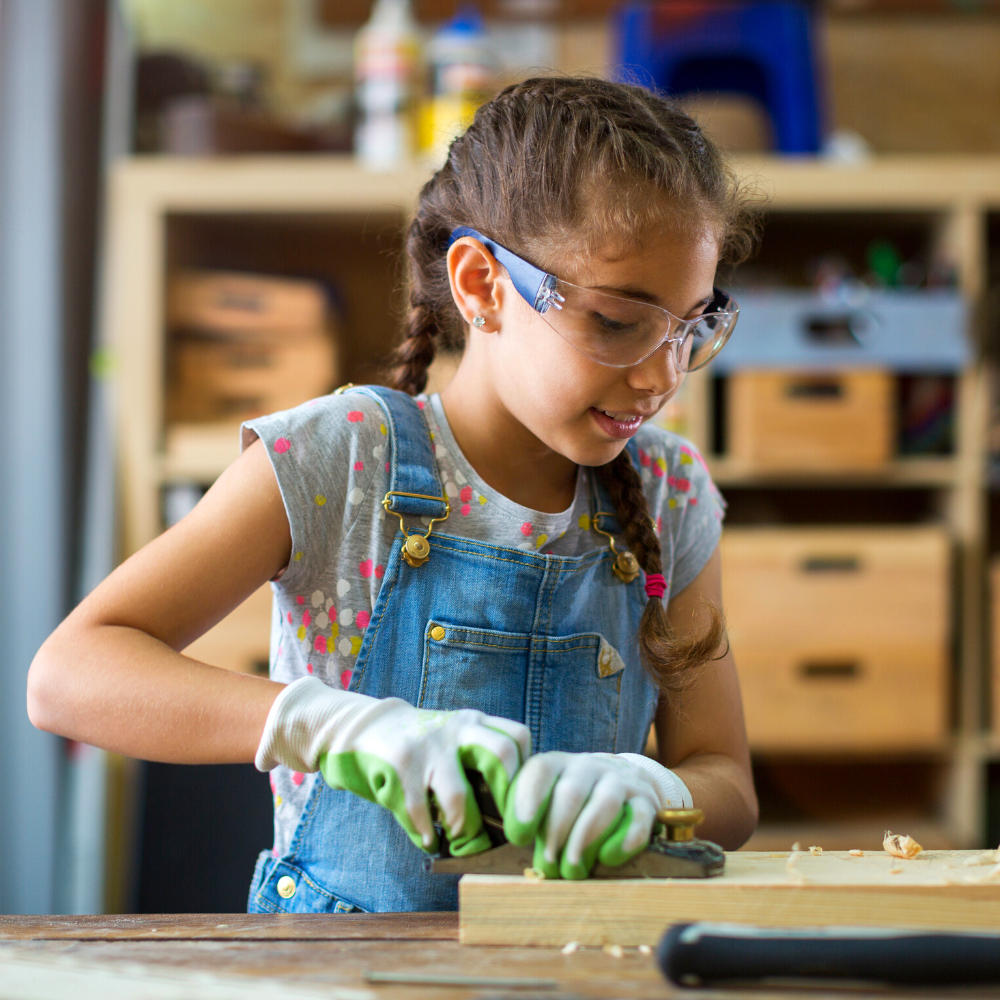


Practice Patience
Woodworking is not a hobby that rewards impatience.
Rushing through a project or trying to force a piece to fit will only end in frustration and damaged wood.
Instead, take the time to step back and assess each step of the process.
If you find yourself becoming frustrated or stuck, take a break and come back to the project with fresh eyes.
Slow down and enjoy the process of creating something beautiful out of wood.
Remember, woodworking is meant to be enjoyable, not stressful.
Like any other art form, practice is key to improving your woodworking skills.
Don't get discouraged if your first piece isn't perfect - keep practicing and experimenting to develop your own unique style.
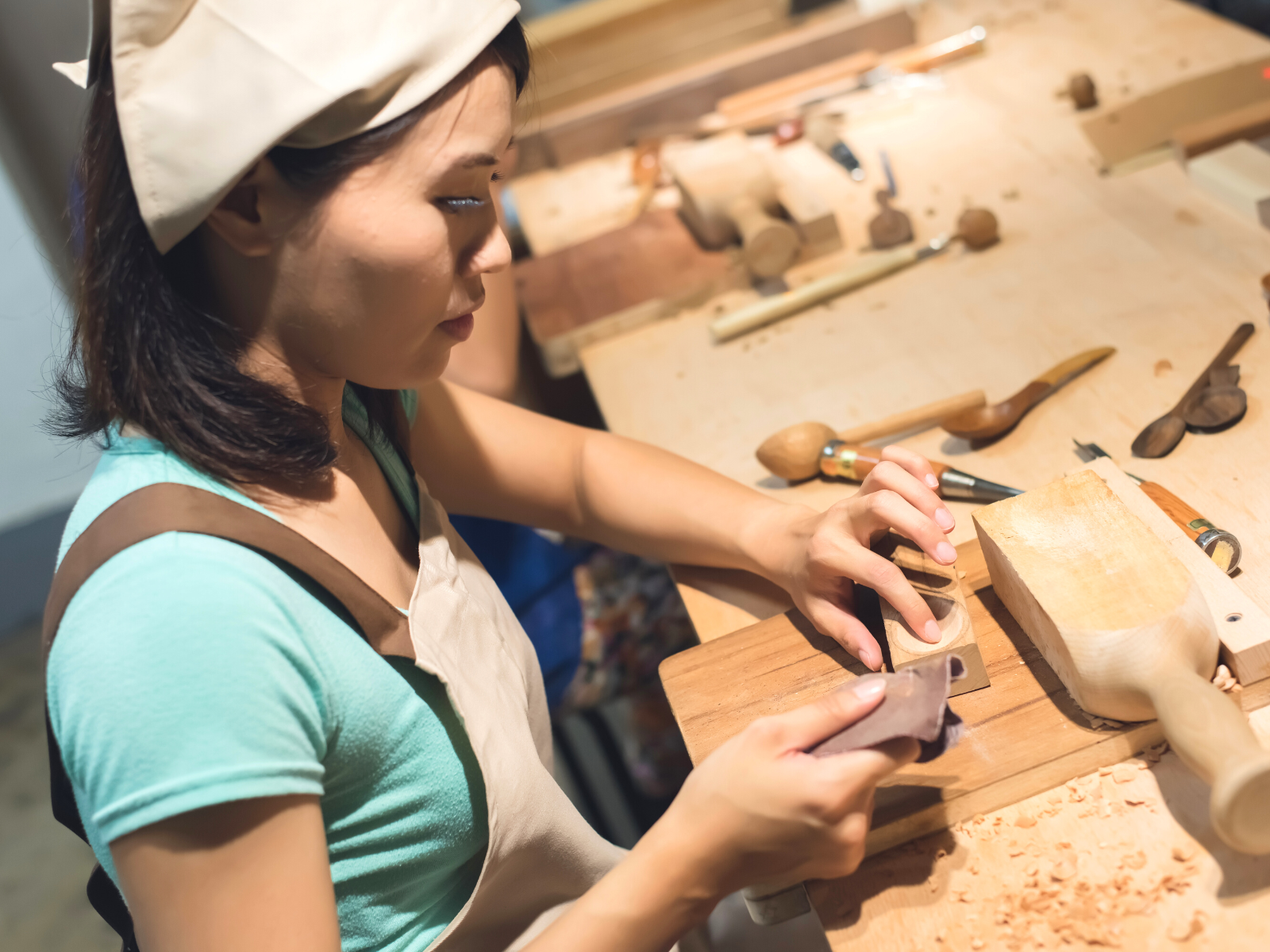
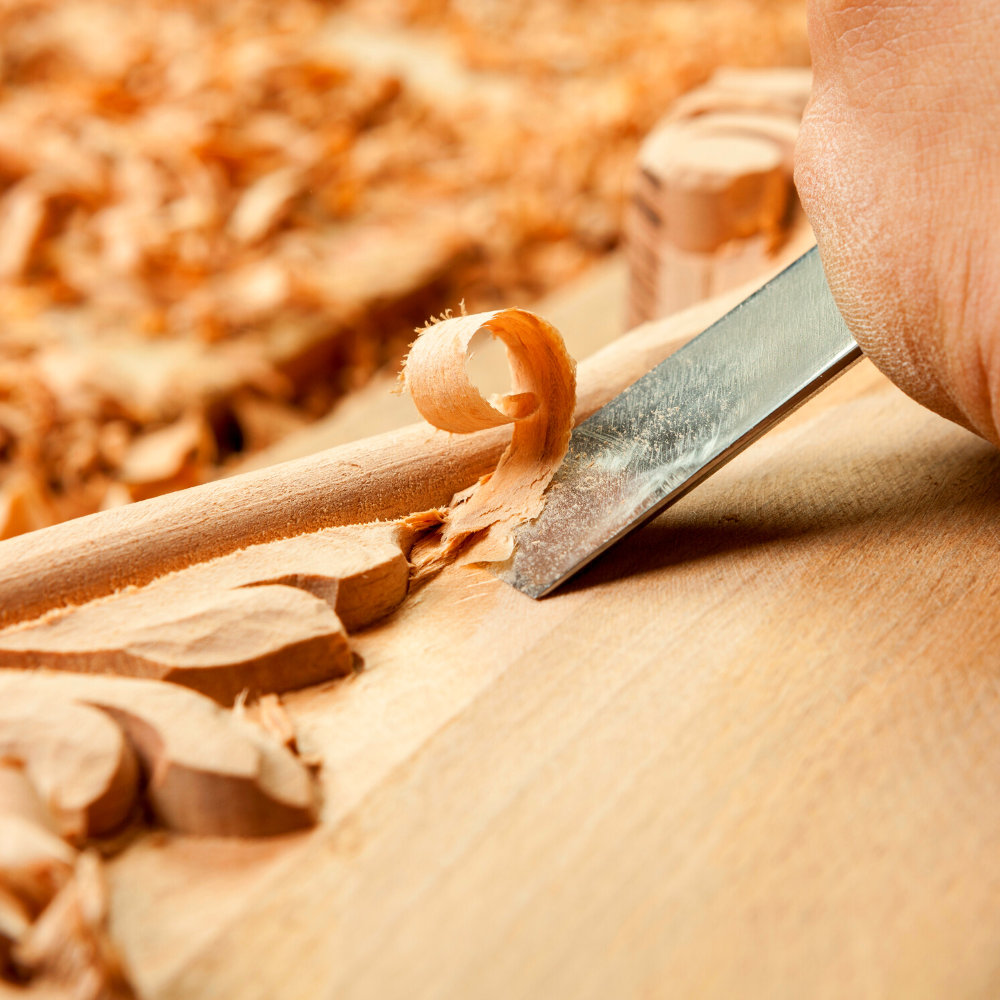
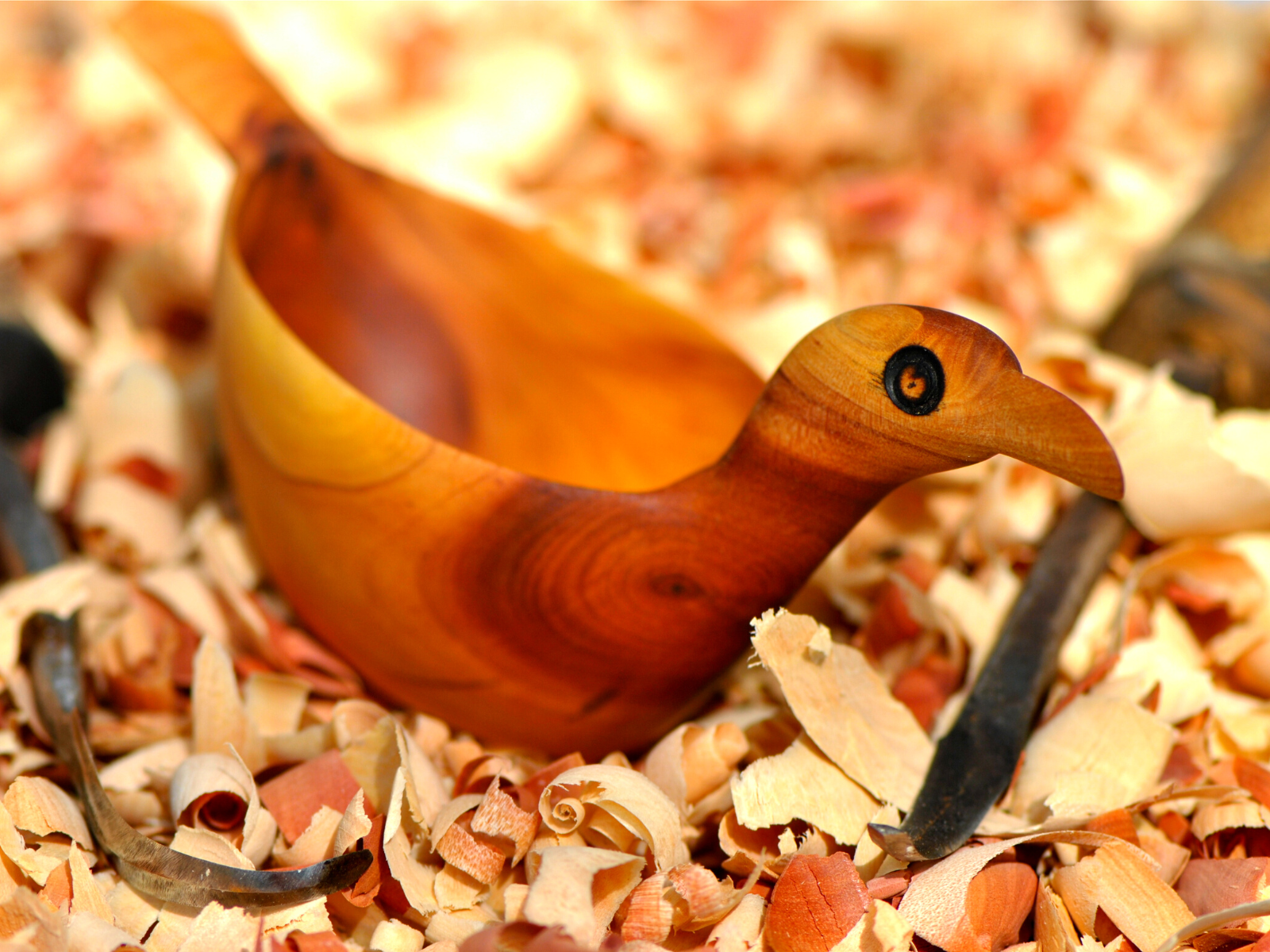
Take Safety Seriously
Finally, it is crucial to take safety seriously when it comes to woodworking.
Safety should always be your top priority when working with power tools; always wear protective gear and proper safety equipment, like goggles and dust masks, and make sure to read the instructions thoroughly before use.
Additionally, make sure to keep your workspace clean and organized to minimize the risk of accidents and injuries.
Keep your tools in good condition and never force a tool or material beyond its limits.
Woodworking can be dangerous, so take the steps necessary to protect yourself and create a safe working environment.
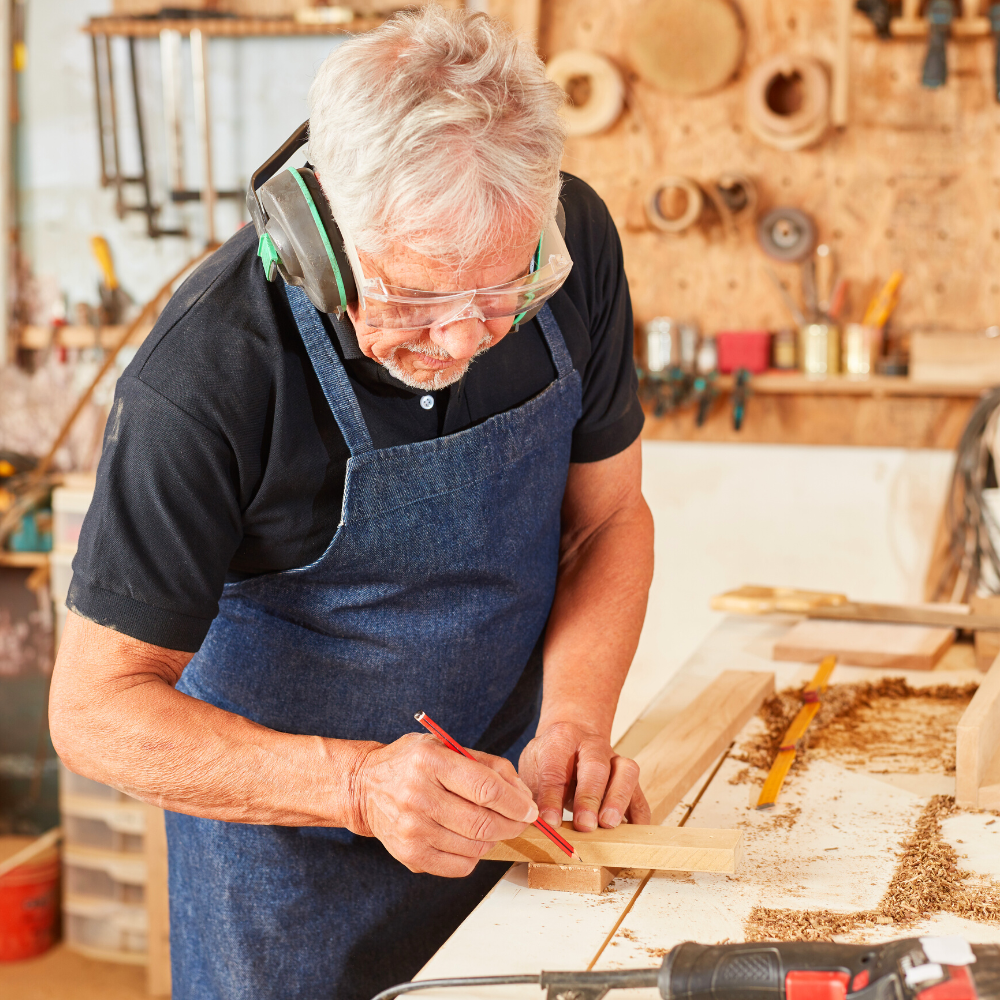

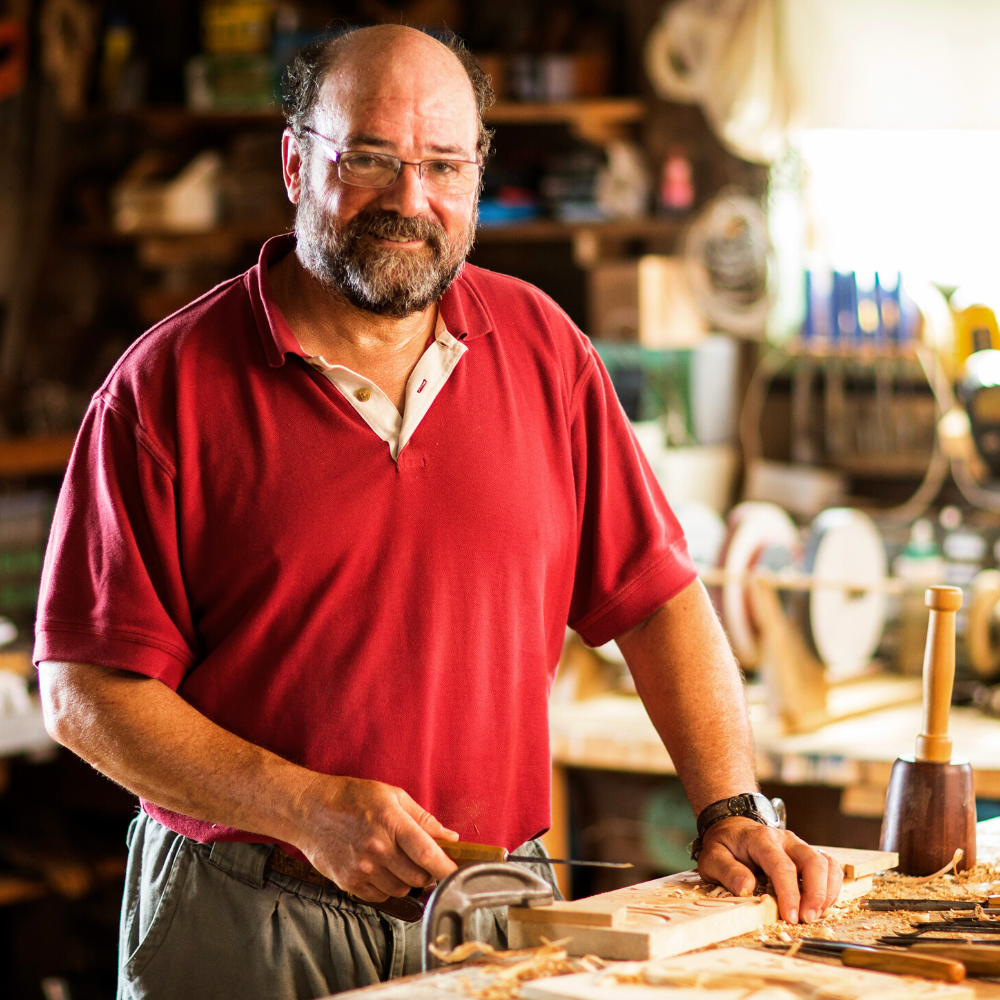
Crafting Woodworking Wonders
Woodworking is an incredibly rewarding and satisfying hobby that requires patience, attention to detail, and a willingness to learn.
This art form can be enjoyed by artistic minds of all skill levels, and with the right tips, it can be a fulfilling experience for anyone.
No matter what your initial skill level, with practice you will create one-of-a-kind pieces that stand the test of time.
It's time to elevate your woodworking skills and produce beautiful, functional pieces that you can be proud of.
Remember to practice proper safety protocols, invest in quality tools, and embrace imperfections to take your woodworking to the next level.
With these tips in hand as your guide, start crafting stunning works of art with precision and finesse today!
So, go ahead, fire up that circular saw, and let your creativity run wild!
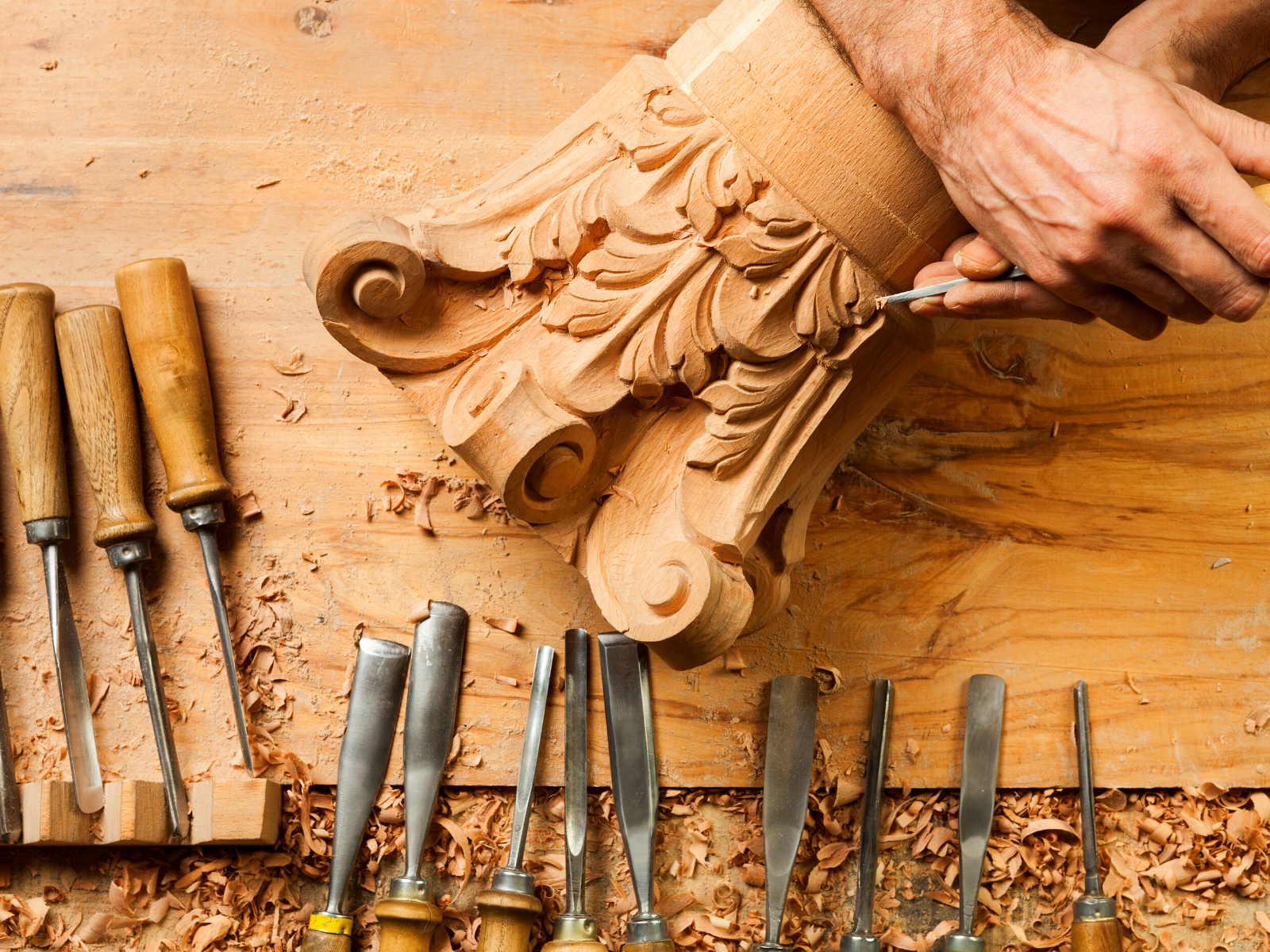
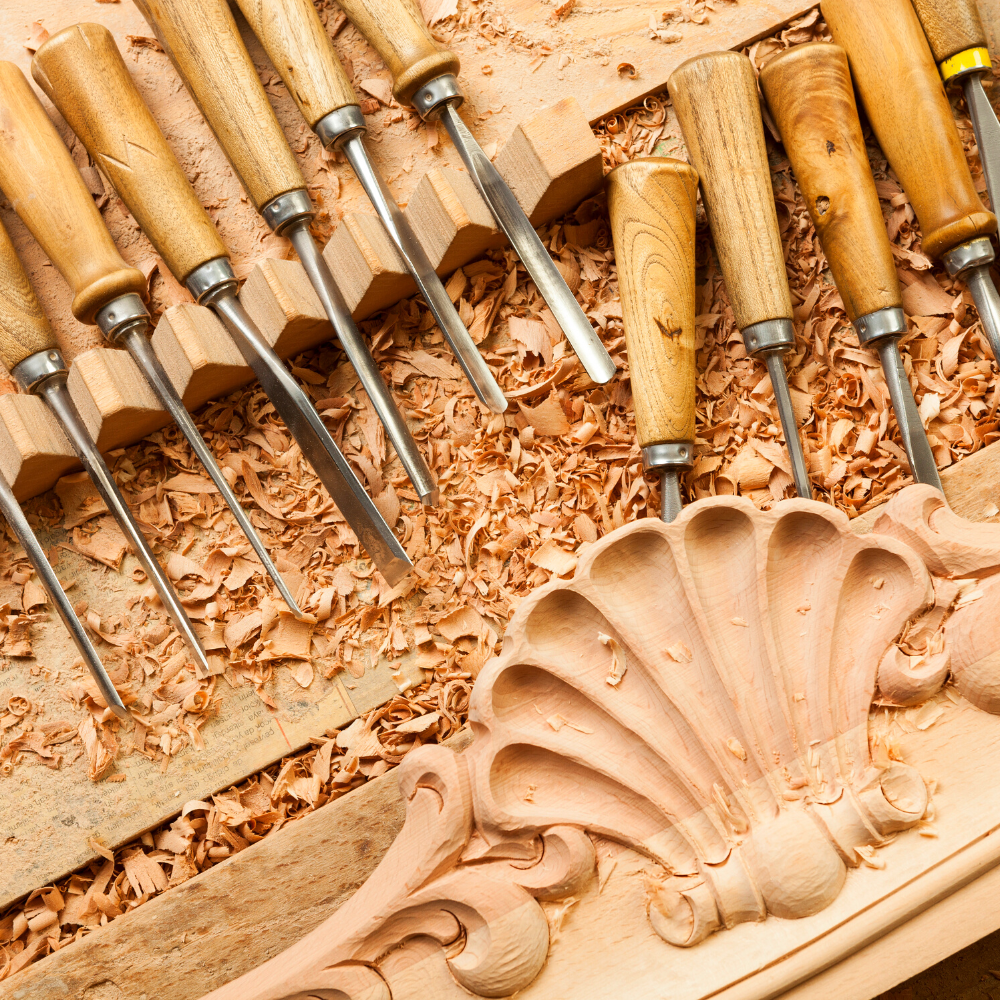
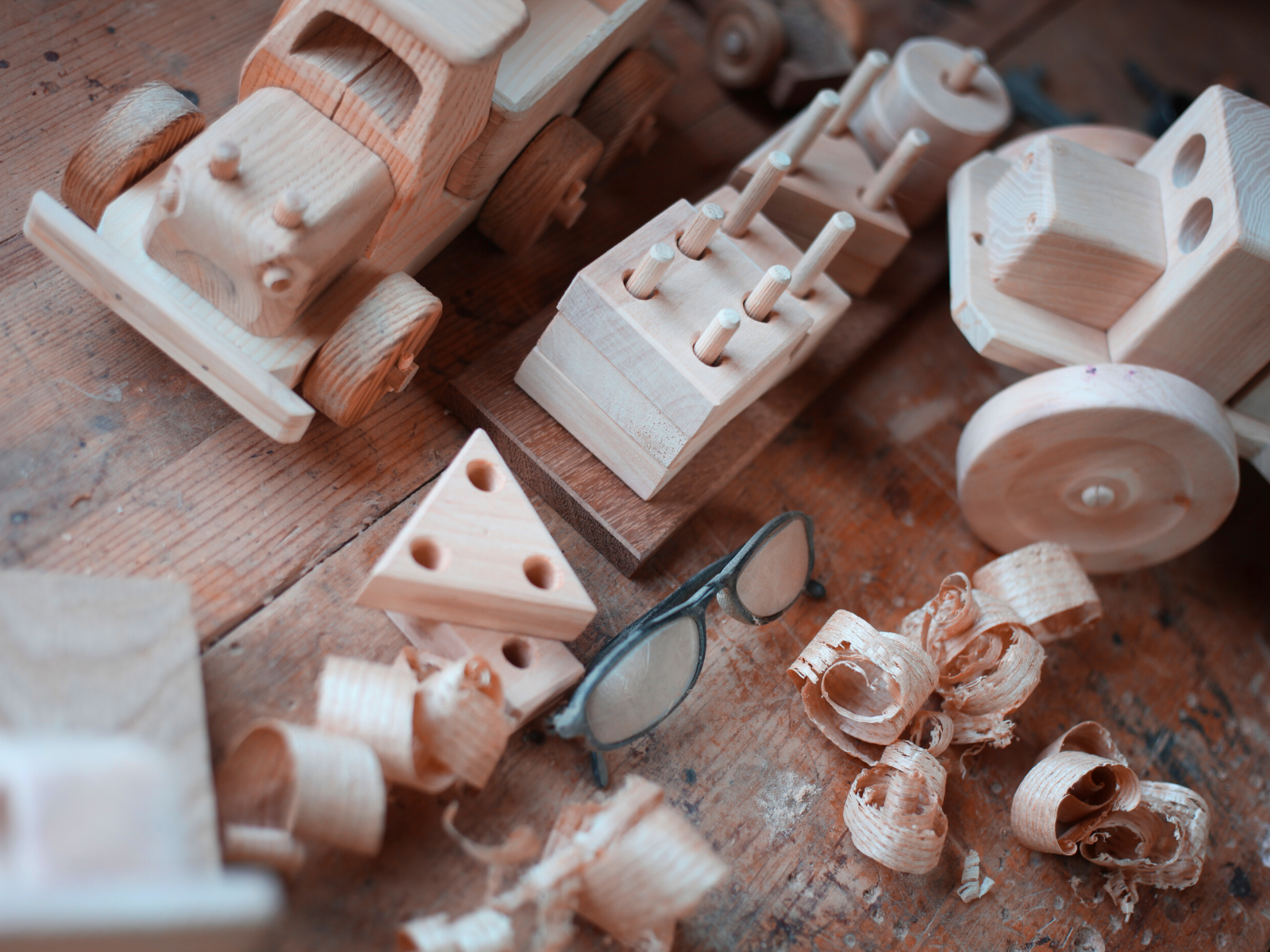
Eager for more tips and tricks to master your woodworking skills? Check out DIY Creators' video!
Want even more content about creativity and art?
Be sure to check out all of our creative chronicles!
Interested in DIY and crafting?
You might want to check out these other craft supply articles:
